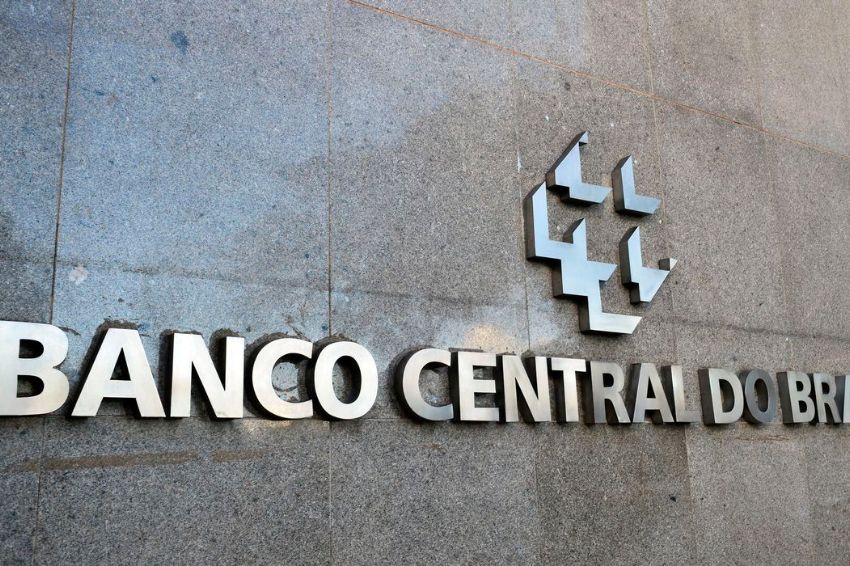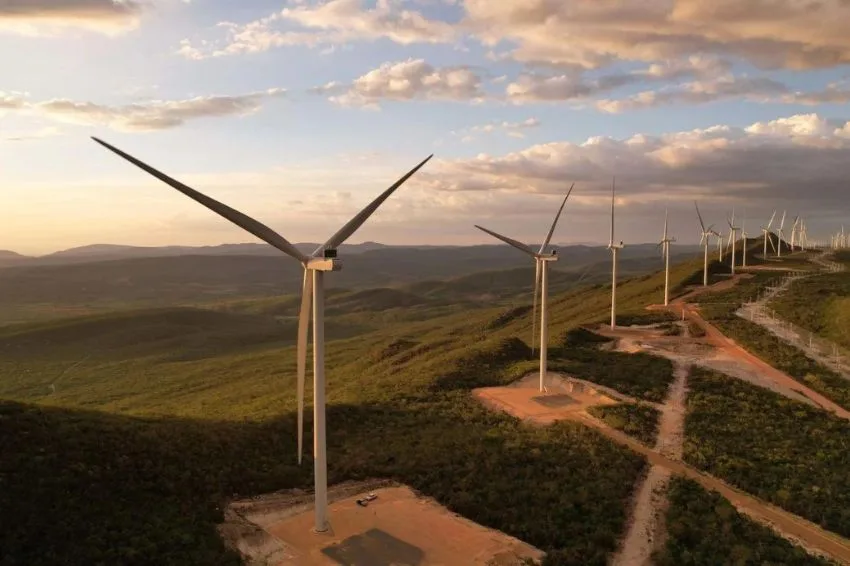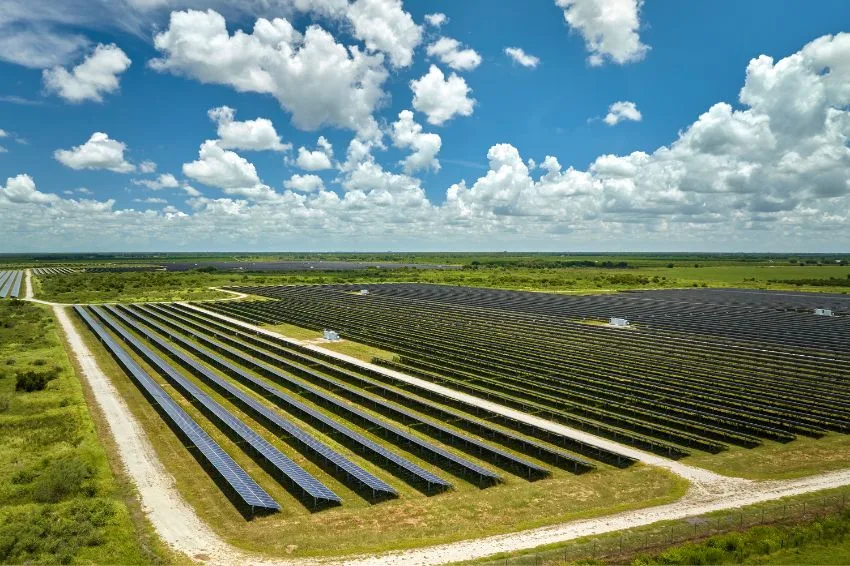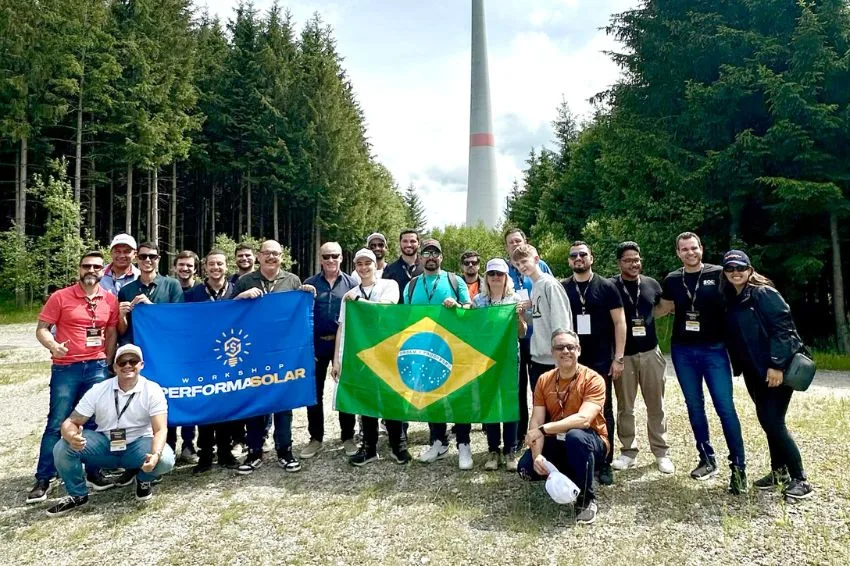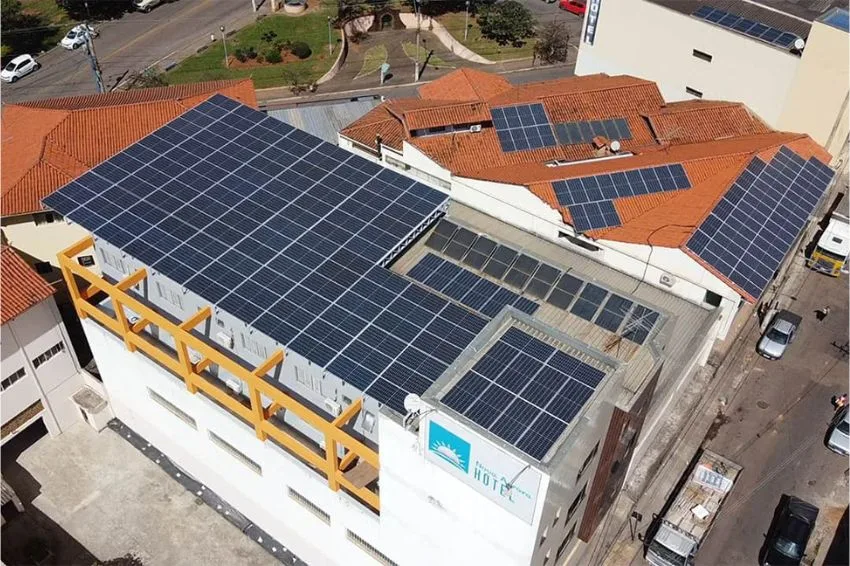O Copom (Monetary Policy Committee), of the Central Bank, reduced, this Wednesday (20), from 13,25% to 12,75% per year the basic interest rate, the Selic. A decision was unanimous and scored the second cut in a row. With that, this is the lowest Selic value in the last 16 months.
When announcing the new rate, the Copom assessed that this will be the appropriate pace to maintain the contractionary monetary policy (interest rates that discourage the economy) necessary to control inflation in the country.
The decrease in the interest rate was already awaited by the financial market, with even more optimistic projections that projected a 0.75% drop in the Selic.
What is the impact on the photovoltaic market?
The decrease in the Selic rate should have a positive impact for those who want enable the installation of a photovoltaic system in your residence, commerce and industry through financing.
This is because with the low Selic rate, the conditions for financing photovoltaic systems may be more favorable, as interest rates for loans tend to be lower, reducing the total cost of investing in solar energy.
Copom's decision was seen as positive by Leandro Martins, president of Ecori Energia Solar. “We welcome the reduction in the Selic rate, which directly contributes to the expansion of credit”, he highlighted.
“Our market is very dependent on this and around two thirds of consumers resort to financing to purchase their photovoltaic system. This return to access to credit is essential for the resumption of growth in our sector”, added Martins.
Thiago Diniz, director of Banco Genyx, also evaluated the Copom announcement as positive. “The two consecutive cuts in the Selic, and the closing of the real interest curve in Brazil, bring positive prospects for the growth and development of solar energy. But this reduction to 12.75%, announced by Copom this Wednesday, is not something that will immediately affect the financing of photovoltaic kits”, he analyzed.
Although he highlighted that it will not be immediate, Diniz pointed out that the expectation of a gradual reduction in the Selic rate is already positively influencing the pricing of long-term financing.
“Payment terms can extend for up to 96 months, including four to six months of grace period. This means that, although the reduction will not be instantaneous, consumers and businesses can anticipate more favorable financing rates in the near future,” he explained.
“Making a projection, with the Selic rate varying from around 8% to 9% per year, the financing installments can compete with or even be lower than the cost of the conventional energy bill, allowing the savings provided to cover the financing costs”, he added. .
The director of Banco Genyx also highlighted other factors that are contributing to an expectation of improvement for the sector. “In addition to the reduction in Selic, there is a decrease in the prices of raw materials for solar equipment and a devaluation of the dollar. These three factors, together, help to lower the final price for the consumer and, consequently, favor the financing of projects – with more attractive rates for consumers”, he analyzed.
Marcelo Abuhamad, CEO of Bonö Group, shares the opinion of Martins and Diniz and highlighted that the reduction in interest rates carried out by Copom improves access to credit, so that more people can access resources and make their projects viable.
“This, coupled with a lower Capex for the photovoltaic sector, creates a double positive effect. So, we have the price of equipment at lower levels, now linked to a more attractive interest rate, and expected to fall by the end of the year, which means that the photovoltaic market will increasingly heat up and improve commercial levels. of sales and application of solar plants”, he emphasized.
Giovani Cantú, Financial Director at Nexen, added that the announcement of the Selic rate comes to add other factors that provide opportunities for the solar sector.
“Now, with falling interest rates, combined with other factors such as stable exchange rates and prices of photovoltaic components, we are convinced that we are in the best moment historically for those who want to install their photovoltaic system, whether to provide savings with their own energy consumption. or even for those interested in generating passive income from renting plants”, he said.
Finally, Márcio Pina, Director of Solar Distribution at Tangipar Group, analyzed that the Copom announcement, more than impacting the financing portion, brings optimism to the Brazilian consumer.
“This decrease in Selic is not that significant for the customer, but the emotional impact is. The feeling that purchasing power through financing will increase significantly on the part of Brazilians, not to mention that Brazilians are managing, as the end of the year approaches, to resolve problems with name restrictions”, he pointed out.
“This last factor makes approval easier because today there is a very high credit disapproval rate due to restrictions. With this, a very positive financing rate in the solar sector is expected”, concluded Pina.
Harry Neto, head of Distributed Solar Energy at WEG, also pointed out that the drop in interest rates will positively impact residential consumers. “The residential kit part, closely linked to financing, should benefit from this movement of falling interest rates. In addition to this, banks are seeing that quality services with quality products have lower default rates. The market is maturing and we must move forward in releasing financing and returning sales”, he commented..
The next Copom meeting is scheduled for October 31st and November 1st. Market analysts expect the Selic to reach the end of 2023 at 11.5% per year.


